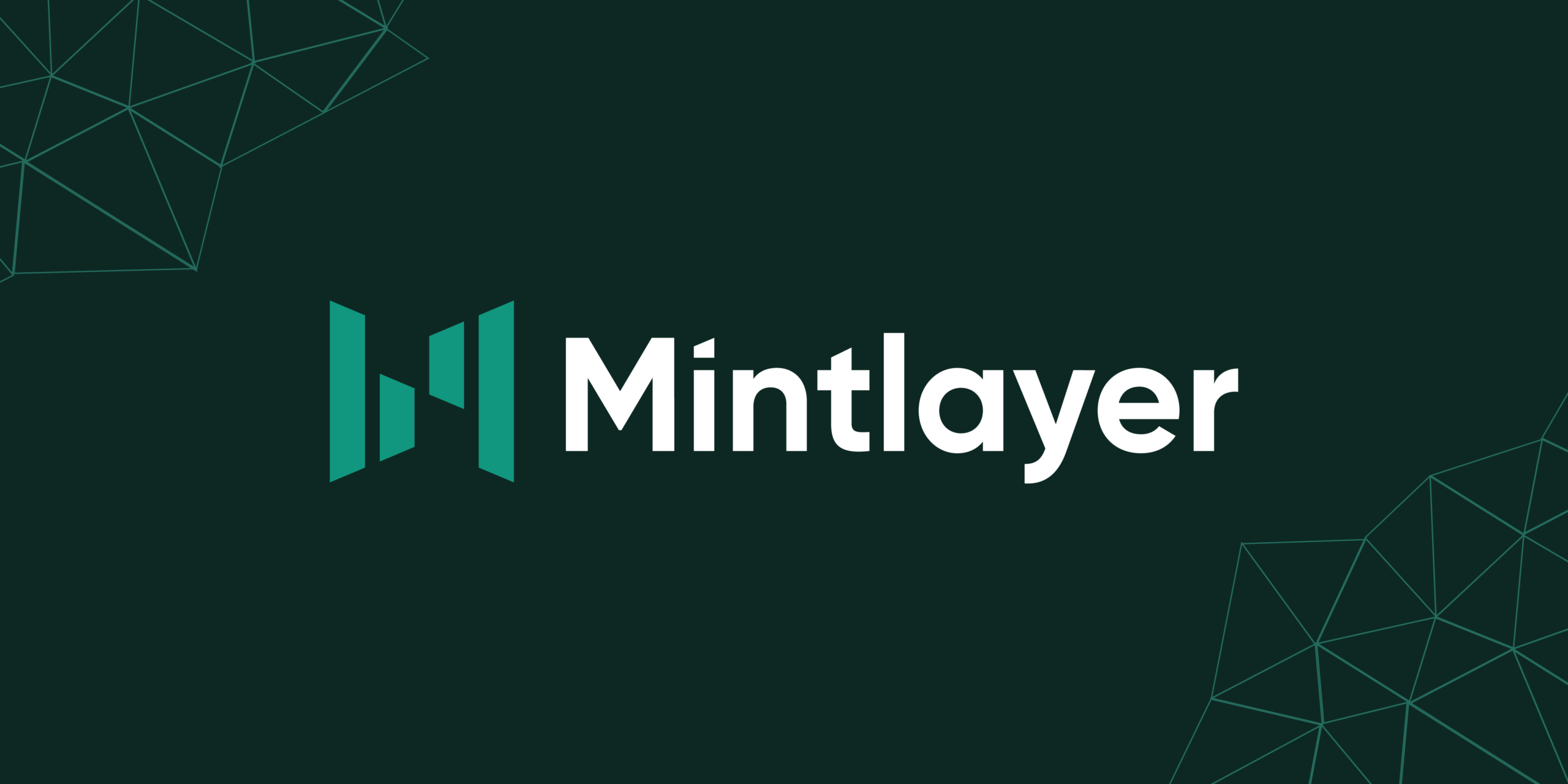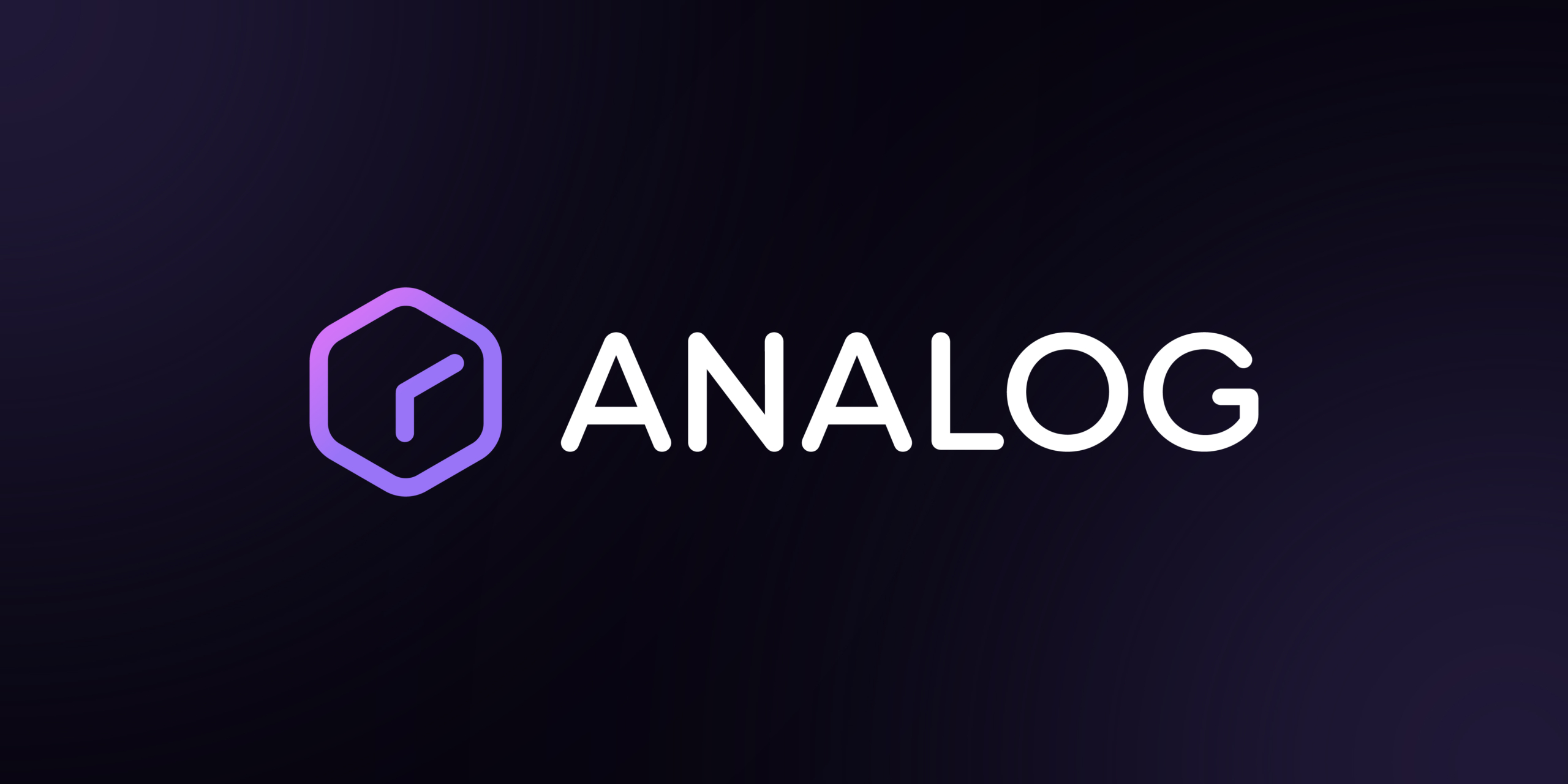Introduction
Mintlayer is a blockchain initiative designed to enhance the DeFi ecosystem through its unique integration with Bitcoin. This review objectively examines its innovative features, architectural strengths, code quality, and the overall potential it brings to the crypto space.
Mintlayer Innovation
Mintlayer’s innovative approach is primarily seen in its direct interoperability with Bitcoin, eliminating the need for wrapped tokens or complex bridges and presenting a more seamless and secure DeFi experience. Its UTXO-based tokenization and non-Turing complete smart contracts offer a distinctive blend of simplicity, security, and privacy.
Unique Value Propositions and Mechanics:
Interoperability with Bitcoin: Direct and seamless integration with Bitcoin, enhancing liquidity and security.
UTXO-Based Tokenization: A simplified and secure token creation approach resembling Bitcoin’s model.
Proof of Stake Consensus: An energy-efficient consensus mechanism that diverges from the traditional Proof of Work model.
Atomic Swaps with Bitcoin: Facilitates direct asset exchanges, enhancing liquidity and reducing dependencies on intermediaries.
Decentralized Exchange Models: Supports various DEX models, offering diverse trading options and improving market efficiency.
Architecture
Mintlayer‘s architecture extends Bitcoin’s proven UTXO model, which ensures high compatibility and security. Adopting a Proof of Stake consensus and a unique chain selection rule marks an innovative departure from traditional blockchain architectures.
In-Depth Technical Analysis:
Blockchain Architecture: Leverages Bitcoin’s UTXO model for enhanced security and compatibility.
Consensus Mechanism: Uses Proof of Stake with a novel chain selection method, focusing on chain density for security and efficiency.
Decentralized Exchange Mechanisms: Offers varied DEX models, integrating atomic swaps and Lightning Network transactions for flexibility and speed.
Code Quality
The code quality of Mintlayer is characterized by its focus on security and efficiency. Using script-based, non-Turing complete smart contracts is a strategic decision to minimize potential vulnerabilities while maintaining sufficient functionality for DeFi applications.
Product Roadmap
Mintlayer’s roadmap is ambitious, focusing on expanding its DeFi functionalities, enhancing token standards, and integrating privacy features. This progression indicates a commitment to staying at the forefront of blockchain innovation and user needs.
Usability
Mintlayer prioritizes usability with features like transaction fee flexibility, allowing fees to be paid in various tokens. The provision of light and full node capabilities caters to a broad spectrum of users, from casual to more technically involved participants.
Team
The Mintlayer team comprises experienced professionals in blockchain technology and finance. Their diverse expertise is crucial in navigating the complex landscape of DeFi and blockchain development, driving the project toward its innovative goals.
Conclusion
Mintlayer is a significant innovation in the DeFi space, particularly with its Bitcoin interoperability and unique approach to blockchain architecture and tokenization. Its focus on security, user-centric features, and a strong development roadmap positions it as a noteworthy project with potential long-term impacts on the crypto ecosystem.
| Initial Screening | |||
| Keep researching | |||
| Does this project need to use blockchain technology? | Yes | ||
| Can this project be realized? | Yes | ||
| Is there a viable use case for this project? | Yes | ||
| Is the project protected from commonly known attacks? | Yes | ||
| Are there no careless errors in the whitepaper? | Yes | ||
| Project Technology Score | |||
| Description | Scorecard | ||
| Innovation (Out Of 11) | 11 | ||
| How have similar projects performed? | Good | 2 | |
| Are there too many innovations? | Regular | 2 | |
| Percentage of crypto users that will use the project? | Over 11% | 5 | |
| Is the project unique? | Yes | 2 | |
| Architecture (Out of 12) | 8 | ||
| Overall feeling after reading whitepaper? | Medium | 1 | |
| Resistance to possible attacks? | Good | 2 | |
| Complexity of the architecture? | Not too complex | 2 | |
| Time taken to understand the architecture? | 20 – 50 min | 1 | |
| Overall feeling about the architecture after deeper research? | Medium | 2 | |
| Has the project been hacked ? | No | 0 | |
| Code Quality (out of 15) | 14 | ||
| Is the project open source? | Yes | 2 | |
| Does the project use good code like C,C++, Rust, Erlang, Ruby, etc? | Yes | 2 | |
| Could the project use better programming languages? | No | 0 | |
| Github number of lines? | More than 10K | 1 | |
| Github commits per month? | More than 10 | 2 | |
| What is the quality of the code? | Good | 2 | |
| How well is the code commented? | Outstanding | 2 | |
| Overall quality of the test coverage? | Good | 1 | |
| Overall quality of the maintainability index? | Outstanding | 2 | |
| When Mainnet (out of 5) | 5 | ||
| When does the mainnet come out? | Mainnet Ready | 5 | |
| Usability for Infrastructure Projects (out of 5) | 5 | ||
| Is it easy to use for the end customer? | Yes | 5 | |
| Team (out of 7) | 6 | ||
| Number of active developers? | 5+ | 2 | |
| Developers average Git Background? | Senior | 2 | |
| Developers coding style? | Solid | 2 | |
| Total Score (out of 55) | 49 | ||
| Percentage Score | |||
| Innovation | 20.00% | ||
| Architecture | 14.55% | ||
| Code Quality | 25.45% | ||
| Mainnet | 9.09% | ||
| Usability | 9.09% | ||
| Team | 10.91% | ||
| Total | 89.09% |





